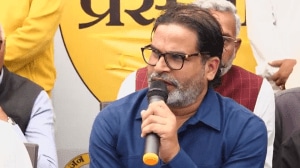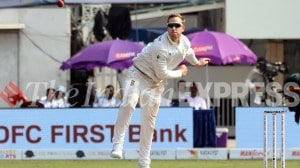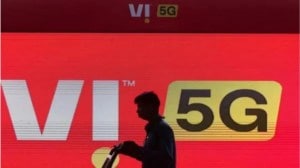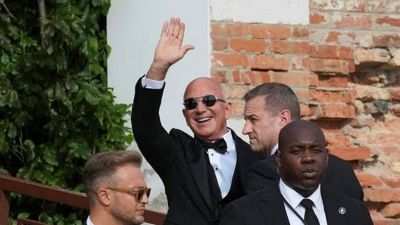Stay updated with the latest - Click here to follow us on Instagram
The Time Line
His childhood was spent in Londons crowded St James Market,observing his blacksmith father work his magic on metal with hammer.
His childhood was spent in Londons crowded St James Market,observing his blacksmith father work his magic on metal with hammer. Little William Hodges grew up to be a landscape artist one of the first to arrive from Britain to India,when he joined explorer James Cooks expedition across the Pacific Ocean in 1770s. During the early 1780s,he travelled through Indias vast terrain,placing his easel across the country from the banks of Yamuna by the Taj to Fort William in Calcutta (now Kolkata). Back home,he published these in a series of aquatints under the title,Select Views of India. This introduced the exotic land to the West.
Several others followed Hodges to the East,adding to the repository of landscape art documenting India. If Thomas Daniell and nephew William arrived in Calcutta in 1786,Robert Grindlay the founder of Grindlays Bank sketched western India in the 1820s.
Now,years after all these people charted their journey to India,their works are helping the country trace its modern history of landscape art. An attempt has been made to include artists from across India. I even travelled to London to acquire works of some foreign artists,which were not part of our collection. The aim was to have a complete collection,with all works important in the history of landscape art in India, says Ashish Anand,director of Delhi Art Gallery,flipping through the pages of Indian Landscapes: The Changing Horizon (Rs 10,000) that features the early English works along with creations of over 100 Indian artists.
Along with the corresponding exhibition at Delhi Art Gallery,which was inaugurated last week,this book discusses the evolution of landscape art in India through 385 works spanning over two centuries. They come from our collection that has been put together over a period of 16 years, says Anand,pointing out that several works in the exhibition are rare. So,while GR Santosh might be known for neo tantric art,but Anand has a gouache on paper where he paints the Kashmiri landscapes. Before Jamini Roy found his calling in Kalighat pattachitras,he was painting Bengal. There are early landscapes of the Progressive Artists Razas pen and ink on paper projecting an urbanscape and MF Husains 1962 oil on wood depicting the hutments of Udaipur. Another unique work is Bishnupada Roy Chowdhurys 1929 78-feet tempera on paper scroll titled Baro Mase Tero Parban. Inspired by scrolls from China and Japan,it depicts the flaura,fauna and festivals of Bengal according to season. It took almost 10 years for him to complete this. I found it in Chowdhurys Kolkata home,rolled and long forgotten, says Anand.
Through the journey it charts,the publication also chronicles some little-known facts. We are informed that it did not take too long for the collapsible tin tube to arrive in India after it was invented in the UK in 1840s,and reminded of the landmarks from the establishment of art schools to the many firsts,including when NS Bendre and VA Mali became the first Indians to exhibit at the European Club in Srinagar in 1936,and when Ram Kumar first began painting Varanasi in 1960.
It is a celebration of the genre that has been neglected for long, concludes Anand,even as visitors to the gallery travel back in time to the present.
The exhibition is on till September 29 at Delhi Art Gallery,11,Hauz Khas Village. Contact: 46005300







